Acrylics are a fantastic medium to work with any surface with a basic setup. But, they dry fast. And sometimes it happens very rapidly. Evaporation dries acrylics. As a result, the longer the acrylics remain wet, the wetter the air around them is.
If you’re a beginner painter, the gravity of this tiny window of free-flowing acrylics gradually dawns on you. As it dries really fast, you may not be able to add details or produce particular textures and effects in their works.
To combat this, a retarder is used to let you work in detail without your paints drying out, which might result in undesirable consequences. A retarder is used in acrylic pouring to avoid cracking, which occurs when the paint dries too rapidly.
But, can you make your acrylic paint retarder at home?
The short answer to this would be, yes we can make retarders for acrylic paint at home. There are numerous ways to make DIY retarders on your own without much difficulty.
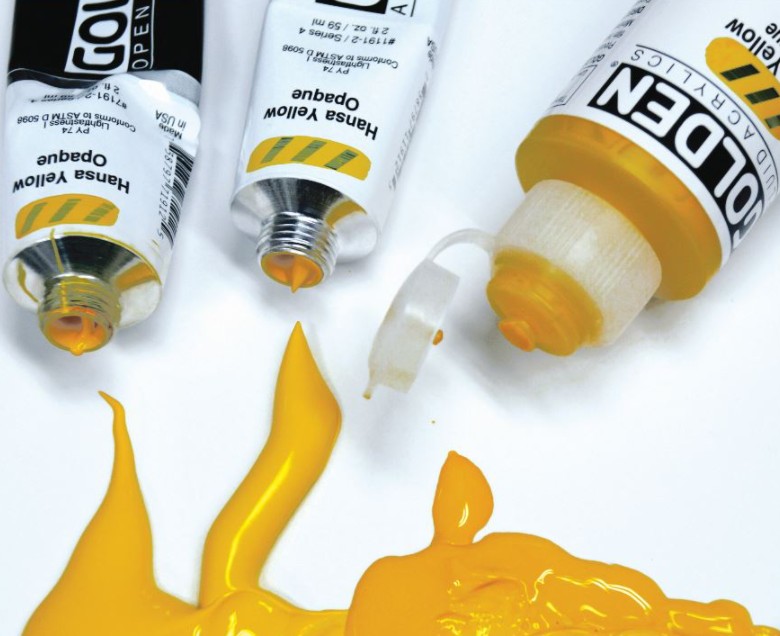
Homemade Retarder vs Commercial Retarder: What to Pick?
Homemade acrylic paint retarder is quite handy, and it does its job pretty well.
However, It may be a temporary replacement for your commercially bought acrylic retarder, as it cannot be relied upon for the longest period of time. You may have to switch to the commercially bought retarders as they provide a better finish.
Homemade retarders are quite economic and easy to use. If you have the correct ingredients it is very easy to use.
Also, If your acrylic paint is splitting when it dries on your canvas, try adding some professionally prepared paint retarder or this homemade paint retarder to the mix.
It will prevent paint crazing by preventing water molecules from evaporating too quickly into the atmosphere.
Why Does Acrylic Paint Dry Fast?
Acrylics are most recognized for their ability to dry fast, enabling painters to overlay and overpaint swiftly. Some painters even use fans or hair dryers to speed up the process; nevertheless, there are instances when an effect is intended for which acrylics dry too quickly.
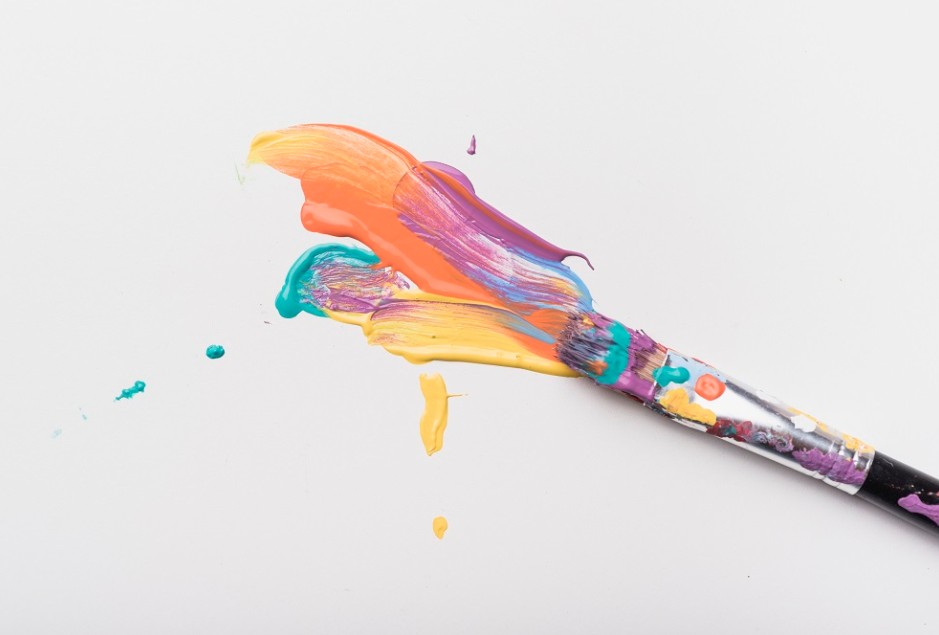
Acrylics are dried via evaporation. Thus, the longer acrylics stay wet, the more saturated the air in the vicinity of them becomes. It’s possible that you won’t understand how much a dry atmosphere affects the workability of your paints until it’s too late.
If the air is drier, the acrylic paint will dry more quickly.
What Is Acrylic Paint Retarder Made Of?
A retarding agent delays acrylic paint drying, allowing you to paint in more detail, complete unfinished areas, and combine colors on the canvas without fear of the paint drying up.
Like certain oil paintings, acrylic paints may include poisons in their pigments. Acrylics that use retarders to slow down the drying period have additional pollutants.
Each acrylic paint is composed of three primary components: pigment, binder, and vehicle:
Can You Make Your Acrylic Paint Retarder?
Before you begin working with your acrylic paints, you should add a little amount of vegetable glycerin to the pouring medium you’ll be using.
The formula above is intended to be used with fluid acrylics or paint pouring techniques like paint pouring. Liquitex Palette Wetting Spray may be used instead of water to keep your paints moist on your palette.
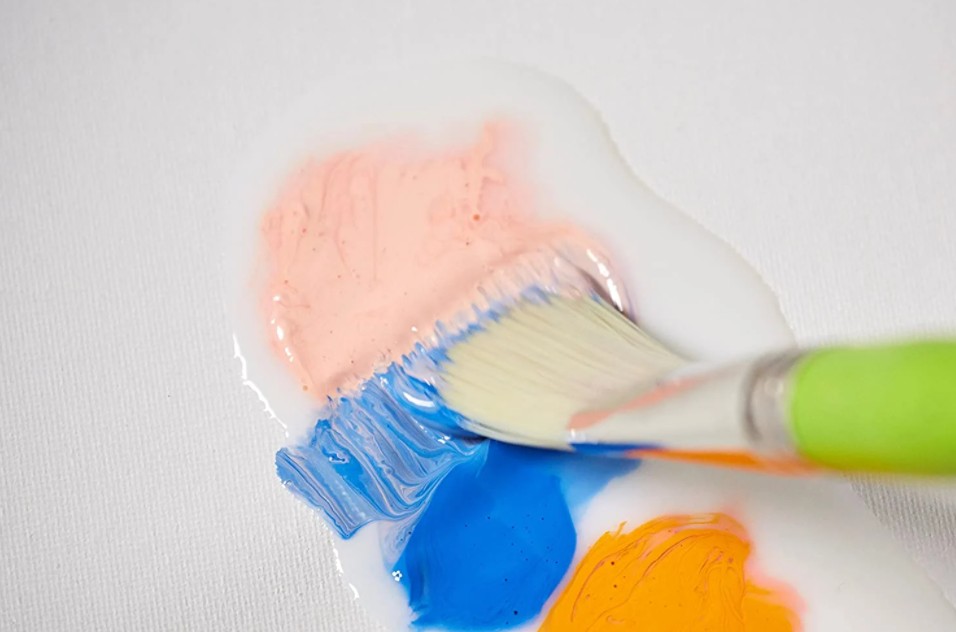
The ingredients in Liquitex Palette Wetting Spray aid in drying acrylic paints and allow them to be used as often as necessary.
This article will guide you through the maze of questions on how to slow the drying of acrylic painting.
How To Make Your Acrylic Paint Retarder at Home?
It isn’t rocket science to make your own retarder for acrylic paint at home. In this section I will guide you thoroughly about the process, and if you just follow along, then you will be able to do it without any hassle.
Homemade Acrylic Paint Retarders
Retarders, generally referred as slow dry mediums, aid in the drying of acrylic paint. They work by cutting down on the time required for water to evaporate from paint. Depending on the type and quantity of paint used, they will add about 30 minutes to the drying time of your paint.
Before you start painting, read the directions carefully to ensure that you don’t make any mistakes, such as lifting previous layers. Emollients, such as petrochemical compounds, may be used to make your acrylic retarder at home.
You may also apply a humectant for acrylic retarders, such as acetic acid, glycerin, or Hyaluronic Acid, to help keep the acrylic from drying out.
Making DIY Acrylic Paint Retarders
1. Ingredients
For making Acrylic retarders you need approximately 1 oz of glycerine (preferably vegetable glycerine) and 9 oz of water.
2. Procedure
In a jar, combine the vegetable glycerin and water. Your retarder will be a 1:9 ratio combination. A little amount of this combination should be added to the pouring medium you’ll be using with your acrylic paints.
The formula is mostly intended for use with fluid acrylics. Reduce the glycerin:water ratio to 1:5 or less if you wish to slow down the process of acrylic paints that will be used for more impasto-type applications.
Does Glycerin Work as a Retarder for Acrylic Paints?
On the internet, there are a variety of recommended ‘alternative’ acrylic retarders.
There are quite some suggestions of diluting the glycerin with water before mixing it with the paint.
This should, in principle, slow down the drying process, and because glycerin is already present in the paint, it will be safe to use.
Is this, however, a good idea?
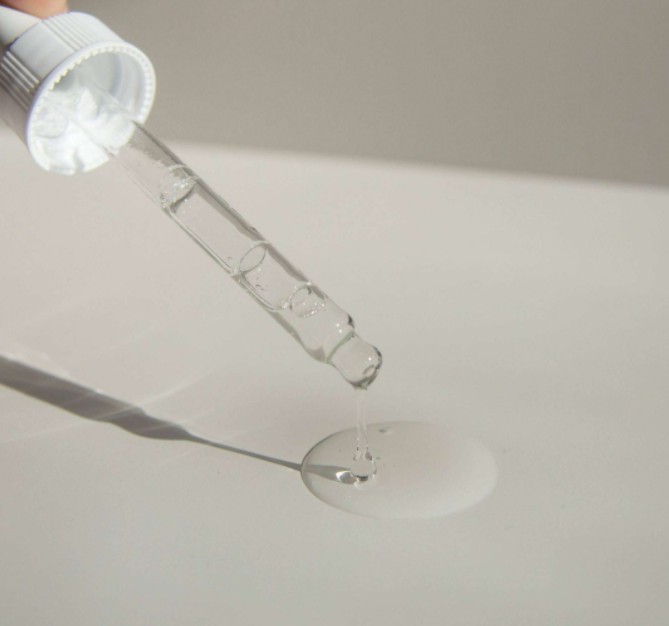
First and foremost, every painter must keep in mind that not all acrylic paints are made with the same recipe. If you swap from one kind to another and pay attention to the drying times of each, you’ll notice this.
Although glycerin is already present in your acrylics, adding an additional amount of them will change the manufacturer’s recipe’ for their paint.
Depending on the paint you use, this might not be a terrible thing.
However, the choice is yours,and you might however jeopardise the endurance of your painting. This means your colours may not be as brilliant, and the paint may not last as long.
Acrylics may not appear to be sensitive to chemical additions, yet they are. You may not notice the negative impacts today or later, but they will surface throughout the course of your painting’s life.
Glycerin usually takes a very long time to exit the paint film, and will allow the paint to remain sticky (not workable) for quite some time, maybe weeks or months.
This exposes your artwork to dust, which will get permanently adhered to the surface. When layering paints, you may potentially suffer undesired colour mixing.
How Do You Use Retarder On Acrylic?
A retarder is a chemical used in painting to decrease the drying period of acrylic paints, allowing more time for blending or adding highlights. Binding agents are not present in a Retarder.
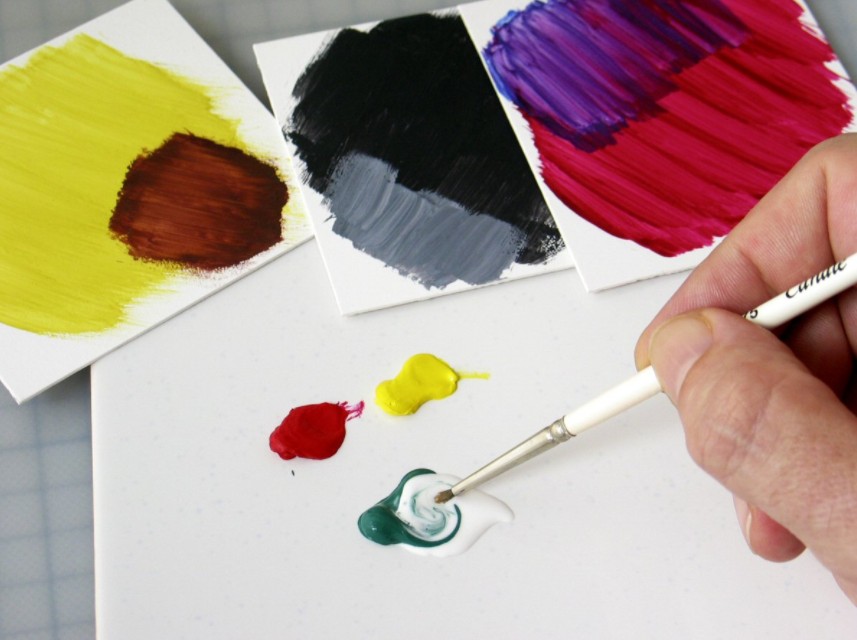
When blending with colours, the Golden brand suggests that the use of their Retarder not exceed 14 percent (1:6) to guarantee adherence.
Other companies, such as Tamiya, propose using their retarder in a 1:10 ratio (9%) with Tamiya Acrylic Paints.
As a result, the amount you use will be determined by the brand’s recommendations.
Applying too much retardant can prevent a paint coat from drying properly. Unless the damaged layer of paint is removed, this might cause your painting to remain sticky or cause further harm.
Start by adding a tiny amount of retarder to your paint mixture and progressively increase the amount if you feel the drying time needs to be slowed any further.
For acrylic pouring and my previously mentioned homemade acrylic paint retarder formula, I would start with a tiny quantity (maybe 5%) in my pouring medium and gradually increase the amount as I continue to test until I reach the sweet spot.
Best Acrylic Paint Retarder of 2022 (Our Top Pick)
Store-bought retarders are preferable since they let you fine-tune paint mixing and detail work by slowing down the drying process. Your acrylic paint’s integrity will not be jeopardised.
They are also nontoxic and lightweight. They are useful for decreasing skinning on the palette and slowing the dry time of paint so that detail work may be completed.
Here are the options of some of the best acrylic paint retarders-
This is an acrylic paint additive that helps to speed up the drying process.It is useful for wet-in-wet approaches and reducing palette peeling. The lustre of a dry paint coat will not be affected by this medium.
Because just a tiny quantity is required to lengthen the drying period of acrylic paint, there is no discernible difference in the paint other than the drying rate.
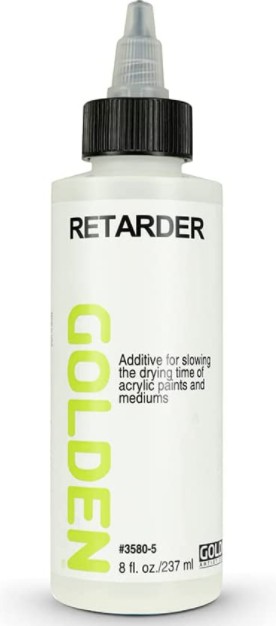
Acrylic paints and mediums might take up to 40% longer to dry when using this fluid. If you’re working in a dry area, this is a must-have ingredient.
Slow the skinning-over of paint and extend blending time by mixing into it while it’s still on the palette. There should not be more than 25% applied because there is no binder and too much might compromise the paint film’s stability.
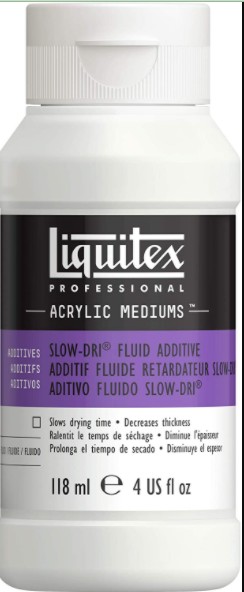
It may be used into acrylic paints to speed up the drying process and extend the working time. It’s non-toxic, lightweight, and dries to a water-resistant, non-yellowing finish.
The use of a clear liquid keeps the colour of the paint from changing. Reduces the amount of paint that skins over on the palette. It has no effect on the consistency of paints.
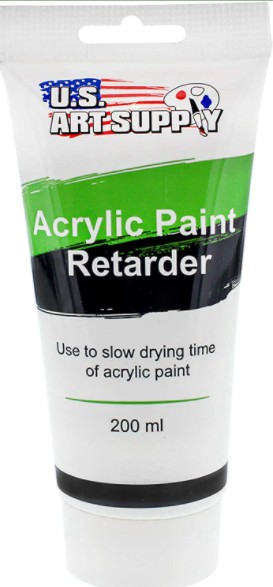
Frequently Asked Questions
Get Your Answers Here
1. Can I Use Pouring Medium As A Retarder?
On the palette, you can mix a retarder with paint, or just use a liquid retarder and sprinkle it all over every layer. You will be able to expand your working hours as a result of this.
2. How Long Does Acrylic Retarder Take To Dry?
Professional Acrylic thin films dry in 20 to 30 minutes, but thicker films might take an hour or two to dry. This will change depending on the circumstances. Professional Acrylic colors last longer on the palette than most other acrylics.
Conclusion
Retarders are used to slow down the drying time of acrylic paints, allowing for wet-on-wet and other methods that would typically need oil paints. When applied appropriately, they may extend the time it takes for the paint to dry by up to a full day.
However, adding too much retardant might keep a layer from drying correctly for as long as the retardant is there, resulting in future harm to the painting unless the affected layer is removed or re-mixed.
But, this article can surely guide you through with not letting your acrylic paints dry.



